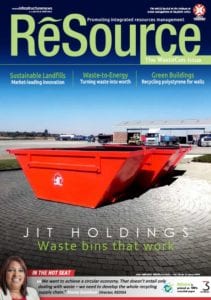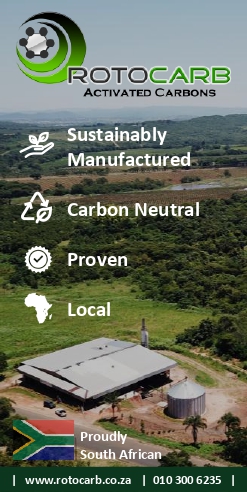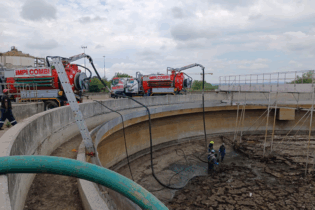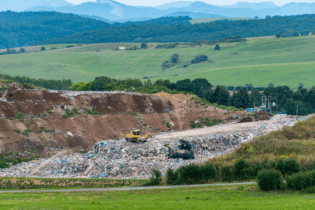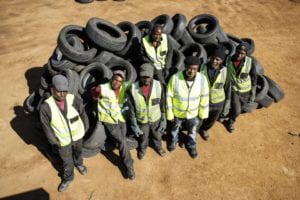 REDISA has achieved much with regard to developing the tyre recycling industry, even winning the Circular Economy Governments, Cities and Regions Award at Davos earlier this year. But the story doesn’t end there – Stacey Davidson, director, REDISA, reveals what’s in store for the future.
REDISA has achieved much with regard to developing the tyre recycling industry, even winning the Circular Economy Governments, Cities and Regions Award at Davos earlier this year. But the story doesn’t end there – Stacey Davidson, director, REDISA, reveals what’s in store for the future.
I cannot yet comment on how these legislative changes will affect REDISA, but I can say that the original plan we had gazetted is still in full force and governs our entire operations. Also, the Act allows for transitional arrangements if there are any that need to be made once the pricing strategy is published.
How do you interpret the Amendment Act’s effect on job creation and where does REDISA stand? The Amendment Act does not impact negatively on job creation. We believe it’s important to understand the context of waste and the benefits of the circular economy in South Africa, where we have a high unemployment rate. Couple that with a low skills base and the fact that the country’s economic growth rate is under 1% and its clear there’s a need to stimulate the economy and create jobs. Also remember that various environmental impacts can negatively affect economic growth. Look at those facts and then take into account that South Africa generates 108 million tonnes of waste per annum. According to the CSIR’s ‘National Waste Research, R&D and Innovation Roadmap for SA’ report, if you were to recycle only 13 of the 38 waste streams identified in South Africa, an industry worth R25 billion could be created. However, if the waste industry is ever to reach that potential, it requires proper regulation. For example, South Africa’s financial services sector has a Financial Services Board (FSB), which has a regulatory framework in place. That framework equips new entrepreneurs entering the sector with the knowledge of exactly what they need to get started, regarding licensing, audit requirements, solvency rates/liquidity and so on. The National Environmental Management: Waste Act (No. 59 of 2008) provides for such a framework through the creation of a waste management bureau. What we at REDISA would like to see is for that body becoming the equivalent of the FSB. Having such a body in place would encourage new market entrants, providing a way to create jobs in the recycling sector. Since the majority of jobs in this sector are in waste collection, a low skills base is required, meaning that job creation is targeted at the population segment that needs it most. REDISA recently won an international award as a result of its success. How does REDISA’s model place the organisation in a leadership role? In just three and a half years, we’ve taken the recycling rate of tyres from a baseline of 4% in 2012 to 23% at the end of 2015. We’ve also improved the collection and diversion from landfills rate from 4% to 70%. In order to achieve this, we’ve established over 220 businesses already, creating over 3 000 jobs in the process. Additionally, we’ve imposed good governance principles internally regarding our solvency rates, looking at our contingent liabilities, establishing remediation reserves, having governance processes, and establishing a board with committees – including audit committees – so that we can ensure that these governance principles are in place. We’re servicing the fledgling tyre recycling industry in a transparent manner and managing our funding prudently. What we can expect from REDISA in the future? Within the next year and a half, we aim to drive the implementation of an environmental rating system. We want to achieve a circular economy and that doesn’t only entail dealing with waste but developing the whole recycling supply chain and ensuring clean production processes. The broader principle of circular economies mean there is also a responsibility for REDISA to encourage producers of tyres to develop cradle-to-cradle technologies for tyre production. Such technologies help ensure no waste. REDISA has been setting up a product testing institute (PTI) to help achieve this purpose. The PTI will develop regulatory standards to environmentally certify tyres. Those tyres that are better environmentally rated will incur a lower waste management fee. Therefore, a differentiated waste tyre fee structure will need to be introduced once the PTI is operational and the standards developed. The intention of this model is that the waste management fee can be eliminated once a tyre manufacturer is producing tyres in a manner that is fully cradle-to-cradle certified.

